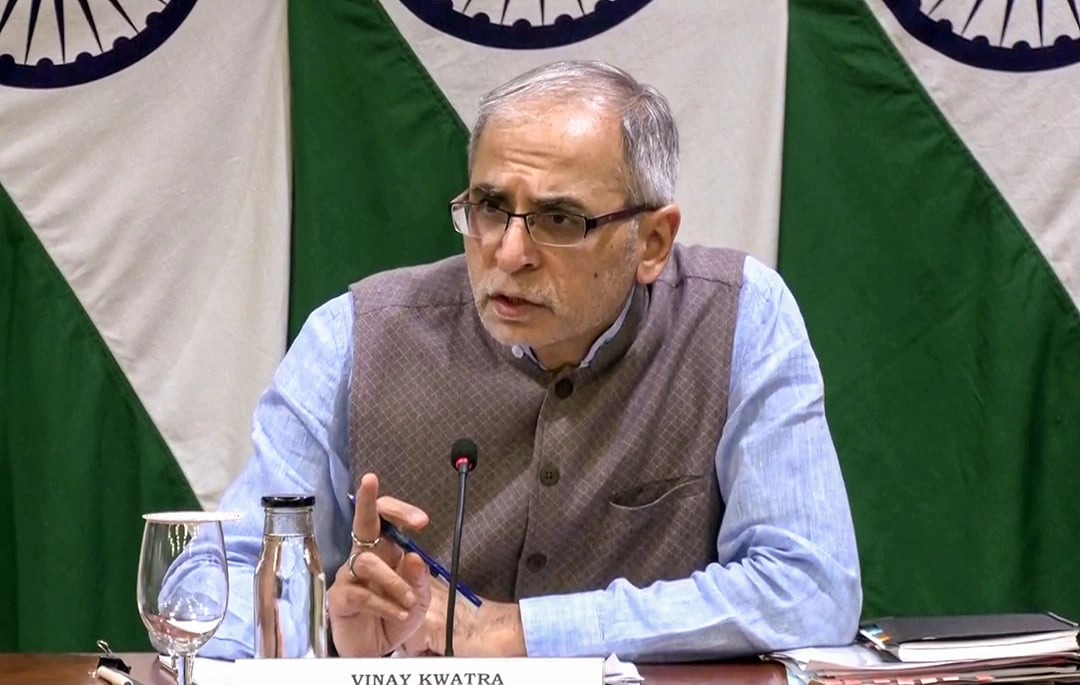In a strategic move that underscores the complexities of global trade and technology, Apple reportedly airlifted iPhones valued at approximately $2 billion from India prior to the implementation of former President Donald Trump’s tariff orders. This decision reflects Apple’s proactive approach to navigating potential economic challenges and ensuring the continuity of its supply chain amidst shifting trade policies. The timing of this airlift is particularly significant, as it came just before Trump’s administration introduced tariffs on various imports, including electronics. By relocating such a substantial amount of products, Apple aimed to mitigate the financial impact of these tariffs on its operations in the United States.
The decision to airlift iPhones from India is indicative of Apple’s broader strategy to diversify its manufacturing base beyond China, where a significant portion of its products has historically been produced. In recent years, the company has sought to expand its manufacturing footprint in countries like India and Vietnam, responding to both geopolitical tensions and the need for supply chain resilience. By increasing its production capabilities in India, Apple not only capitalizes on the country’s growing market potential but also seeks to reduce its reliance on Chinese manufacturing, which has become increasingly fraught with uncertainty due to tariffs and trade disputes.
Furthermore, this airlift serves as a testament to Apple’s commitment to maintaining its competitive edge in the global market. The tech giant’s ability to swiftly mobilize resources and adapt to changing political landscapes is critical as it faces heightened competition from other smartphone manufacturers. By ensuring that a significant quantity of iPhones was readily available in the U.S. before the tariffs took effect, Apple effectively positioned itself to meet consumer demand without incurring additional costs associated with increased tariffs.
In conclusion, Apple’s decision to airlift $2 billion worth of iPhones from India illustrates the intricacies of global trade and the strategic maneuvers that large multinational corporations must undertake to navigate an ever-evolving economic landscape. As the company continues to adapt to changing trade policies and market dynamics, its focus on diversifying manufacturing and maintaining supply chain efficiency will likely remain central to its growth strategy. This incident not only highlights the challenges posed by tariffs but also showcases Apple’s ingenuity in mitigating risks associated with global trade uncertainties.




